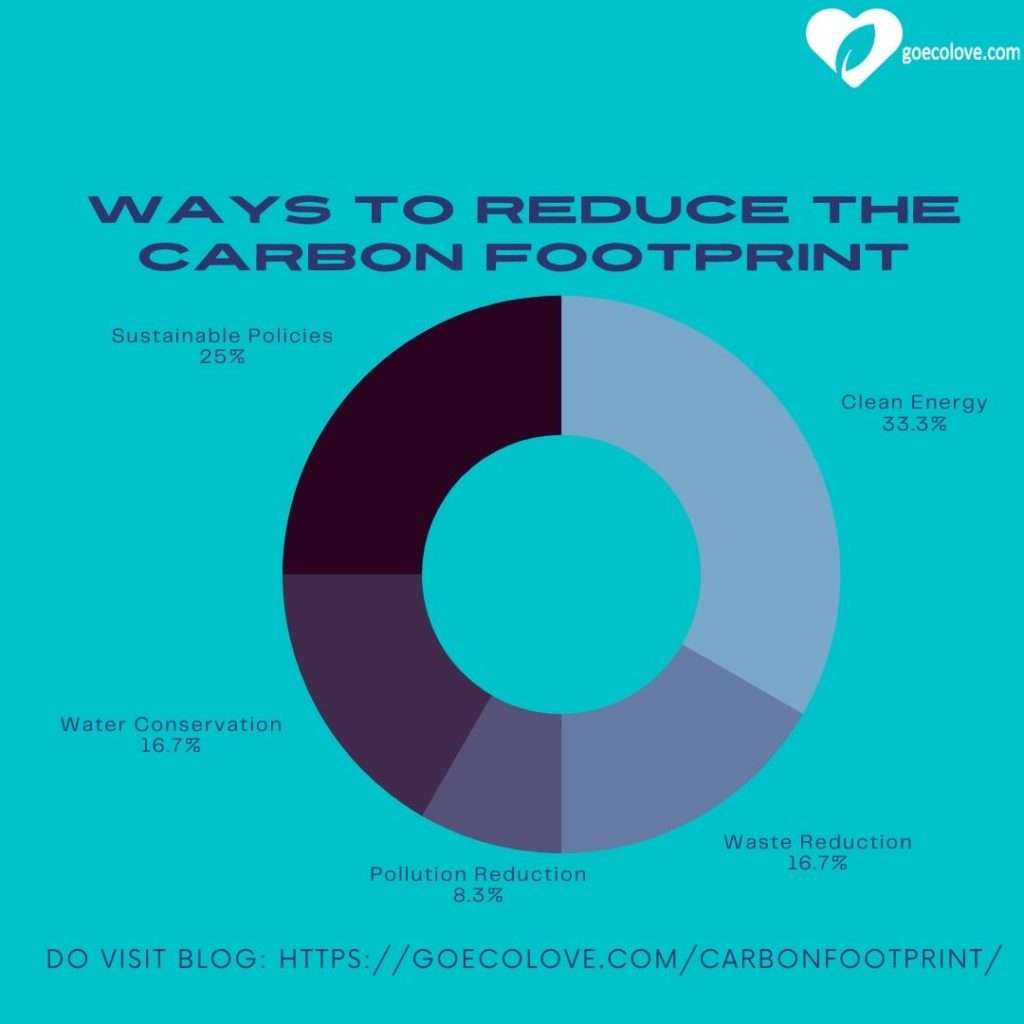The dictionary definition of a carbon footprint is “the amount of carbon dioxide released into the atmosphere as a result of the activities of a particular individual, organization or community.”
A carbon footprint is the total greenhouse gas (GHG) emissions caused by an individual, event, organization, service, place or product, expressed as carbon dioxide equivalent. These gases, including carbon-contained gases, carbon dioxide and methane, can be emitted through the burning of fossil fuels, land clearance and the production and consumption of food, manufactured goods, materials, wood, roads, buildings, transportation and other services.
A carbon footprint is the amount of greenhouse gas, primarily carbon dioxide, which is released into the atmosphere by a particular human activity. A carbon footprint can be a broad measure or be applied to the actions of an individual, a family, an event, an organization, or even an entire nation.
Carbon dioxide emissions into the atmosphere, and the emissions of other GHGs, are often connected with the burning of fossil fuels, like natural gas, crude oil and coal. While these gases are harmful to the environment.
There are easy ways where you can start making a difference by reducing this carbon footprint:
1. Stop buying your water in plastic bottles. Get a reusable water bottle and keep it filled and with you at all times.
2. Take in walking or biking to some of your regular short-trip destinations. Try to walk a mile in less than 20 minutes. This is a great way to exercise in your busy schedule.
3. Turn off lights and unplug devices when you’re not using them.
4. Keep the tires on your car properly blown up and get regular set-ups. When your car’s tires are low on pressure, it emits more waste gas.
5. Try eating more food that is grown or made locally and less meat.
6. Use the cold water cycle for washing your clothes. This will decrease the amount of water and energy used, helping you save time and money.
7. Turn-off the heat and AC when you’re not home. You’ll be surprised at the difference it makes in your energy bill.
8. Drive efficiently. Use the accelerator lightly, coast to red lights, stay near the speed limit, and park and go inside instead of idling your engine in a drive-thru.
9. Sell items you no longer use to thrift shops, have a yard sale, or donate them to charity. Recycle or repurpose everything you can’t get rid of.
10. Use alternative transportation (bus, train, carpool, or bike) to get to work.

Benefits of reducing your carbon footprint
Reducing carbon emissions would decrease the number of deaths related to air pollution. They may also help to ease pressure on healthcare systems. To achieve growth in the economy while still prioritising the reduction of carbon emissions, a decoupling between the two is needed.
Doing your bit to look after the environment. This is an obvious benefit!
It has the potential to save you money.
Contribute to projects that have positive impacts.
Supporting local enterprises is great for your community.
Below are some of our thoughts on reducing the carbon footprint in an achievable sustainable manner.
Some Sustainable Ways to Reduce Your Carbon Footprint
- Follow 5 R’s: Refuse, Reduce, Reuse, Rot, Recycle: Going zero waste is a great step towards taking action on climate change.
- Bike more and Drive less.
- Conserving water will help you to protect waterways.
- Develop the habit of eating and choosing organic and local foods that are seasonal, local, and more plants.
- Switch to sustainable, clean energy.
- Buy foodstuffs in bulk when possible using your own reusable container.
- Reduce your food waste by planning meals ahead of time, freezing the excess and reusing leftovers.
- Compost your food waste where possible.

